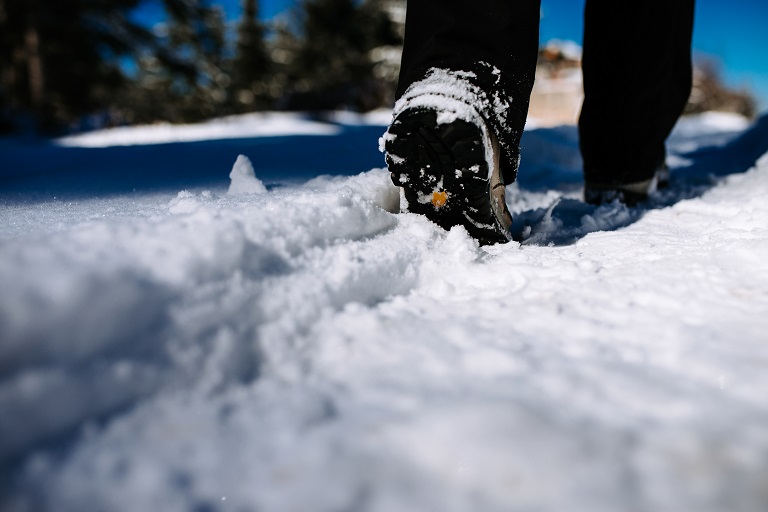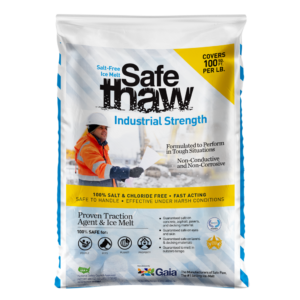5 Science-Approved Tips For Walking Across Ice

Walking across ice can be a nerve-wracking experience. Whether you’re on a frozen lake in the middle of the woods, walking over an icy patch in the parking lot of your favorite grocery store, or just trying to get across a sidewalk, there will always be a part of you that’s afraid of slipping and falling. But it doesn’t have to be this way! There are actually some tips that can help-like using a traction agent, a pair of non-slip ice shoes, and walking the right way.
Pick Up The Pace.
The speed at which you walk is one of the most important aspects of walking on ice safety. Slower speeds allow you to see the ice better and make changes in your stride if necessary, while faster speeds are more likely to cause slips or falls. When walking across thin ice or water, take small steps with deliberate movements and maintain a slow pace.
Bend Your Knees For Walking On Ice Safety
When walking across the ice, keep your center of gravity low. This will help you balance and move fast in case anything goes wrong. Your knees should bend as you walk across the ice, so your legs move like springs when they hit the ground.
Keep Your Arms Close To Your Body.
Keeping your arms close to your body is another way to help with balance, reduce the risk of falling, and reduce the risk of injury. This can also help you avoid being hit by other people.
If you’re walking across the ice with friends or family members, place one arm around each other’s waist so that no one gets separated (unless they want to be).
Walk Quickly But Deliberately.
When walking across the ice, you should walk quickly and deliberately with small steps with your non-slip ice shoes. Don’t take a step too close or too far from your last step.
Turn Your Feet Out At A 45-Degree Angle
If you’re crossing over ice and start to slip, turn out your feet at a 45-degree angle. This will help improve your balance—it is more likely that you won’t fall. The angle should be about the same for both feet; if one foot is facing out and the other is turned in, this could cause a dangerous imbalance and make it easier to lose your footing.
Don’t Sweat It.
Stress can actually make you wobblier, so if you do slip, just let it happen and try to land on a hip or shoulder rather than a wrist or knee.
While these may seem like trivial precautions, they can make all the difference. Stress can actually make you wobblier, so if you do slip, just let it happen and try to land on a hip or shoulder rather than a wrist or knee.
Get ready for winter with Walk On Ice instant traction on snow and ice
Conclusion
So there you have it: five science-approved tips for walking across the ice. We’re not going to lie—this is not an easy feat, but with some practice and a little know-how, it can be done.
Other Ice Melt Products
Safe Paw
The Original and #1 Selling Pet and Child Safe Ice Melt for over 20 years. Guaranteed environmentally safe – will not harm waterways and sensitive wetlands. All products are made in the USA.

Safe Thaw
Imagine an ice melt you can put down and never worry about. It won’t harm pets, kids, and your property. That’s Safe Thaw. Unlike anything else on the market, Safe Thaw can change how winter affects our planet.



